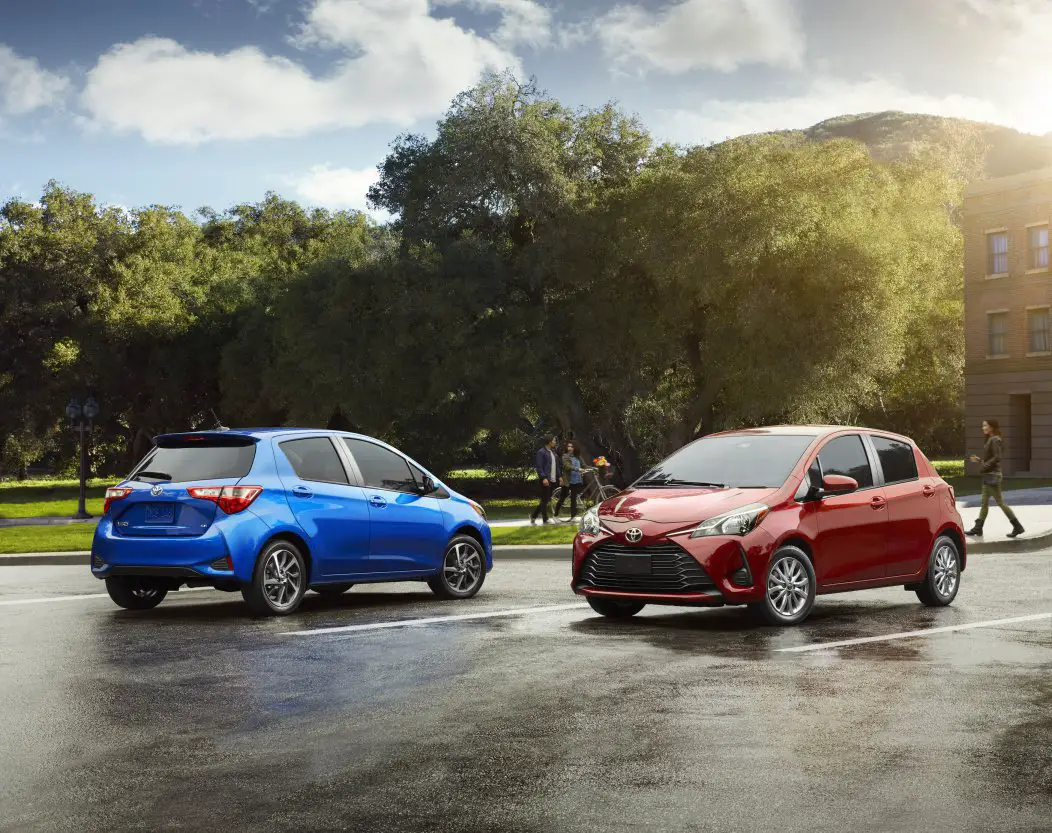I suspect that the lesser efficiency of the Fit e:HEV compared to the Yaris Hybrid is due to the direct mechanical drive at "highway" speeds. Without the eCVT, the engine speed is proportional to the vehicle speed -- the higher the speed of the car, the higher the rpm of the engine and the greater fuel consumption.
That's not true. Naturally aspirated ICEs are most efficient at medium rpm say 2500-3500rpm. The Fit hybrid is not designed for driving really fast (its intended markets have speed limits of ~100km/h). So if they choose the final drive ratio to make the 'highway mode' be 2500rpm at 100km/h then the ICE will be operating at its optimal point.
I will provide a TL;DR version of the following paragraphs: THS is not necessarily more efficient than i-MMD, since THS is designed with more compromise to fit Toyota's overall philosophy, while i-MMD is a more optimized piece of engineering. (This seems to be a theme for anything Toyota makes, which is why enthusiasts rarely get excited by their products)
I actually got confirmation from Wenchuan Zhang, program manager of the ChDM Corolla/Camry Hybrid powertrain development program. He spoke highly of i-MMD and conceded that
it's both more efficient and smoother than THS in combined urban/highway cycle. At speeds higher than 100km/h the
direct drive system is considerably more efficient than THS which has the MG1 overspeeding problem, and in city driving the serial hybrid configuration
provides better smoothness. The Honda system also has
better performance assuming ICE and MG sizing are the same. In particular he showed real-world statistics from thousands of owners of the Accord hybrid and Camry hybrid, which shows the Accord is slightly more fuel efficient.
*Note the ChDM Camry hybrid only comes with the NiMH battery pack which is 15% less efficient than the USDM Camry hybrid LE with Li-ion pack. I will have to check with him on why there is such a big gap between the two.
What THS does offer over i-MMD is consistency in any condition, which Toyota values very heavily in all their products. In particular at low temperatures and low battery SOC when pure electric driving becomes increasingly less efficient. And in many scenarios i-MMD may struggle with SOC management and thus lose its efficiency and smoothness advantage. THS also could operate with either a broken engine or a broken electric motor, i-MMD does not have that redundancy.
He also mentioned that THS's disadvantage is magnified by its battery deficiency. The batteries and motors in THS are downsized for historical reasons: early generations of Prius did not have access to high power density batteries and motors (especially during the 2010 rare earth embargo by China), therefore the philosophy of downsizing is kept until today. He did mention that THS could close the gap considerably by using up-to-date battery tech. Many problems with THS is basically solved by going Prime: give it a PHV-sized battery.
*Note this is the case in the Fit vs. Yaris comparison. Here the Yaris gets the latest Li-ion pack which would provide a considerable efficiency boost over a hypothetical Yaris hybrid using NiMH pack. Also if we compare USDM Camry hybrid Li-ion with Accord hybrid Li-ion the former is more efficient.
Here I need to correct myself: all Honda i-MMD systems are like the Fit e:HEV with three modes, namely EV drive, serial HV drive, and mechanical direct drive. I was just confused that Honda's choice of words make it sounds like the Fit uses a new i-MMD system.







